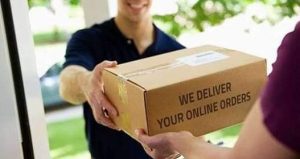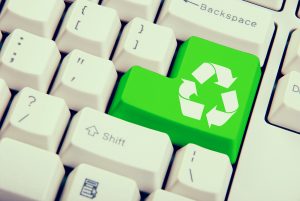E-Commerce and the Circular Economy
Introduction
As the E-commerce market grows, so does its impact on the environment. One mitigating approach is to introduce circular economy practices into the E-commerce ecosystem. The idea behind the circular economy is to “close the loop” i.e. minimize waste and promote the continual use of resources through reusing, reconverting and recycling. However, worldwide adoption of circular economy practices is still in its infancy and more awareness and legislation are needed.
Circular Economy – an armchair introduction
A circular economy is an economic system aimed at eliminating waste and the continual use of resources. As shown in Figure 1, a circular economic system is regenerative in nature, as opposed to the traditional linear economy, which has a “take à make à use à dispose” model of production.
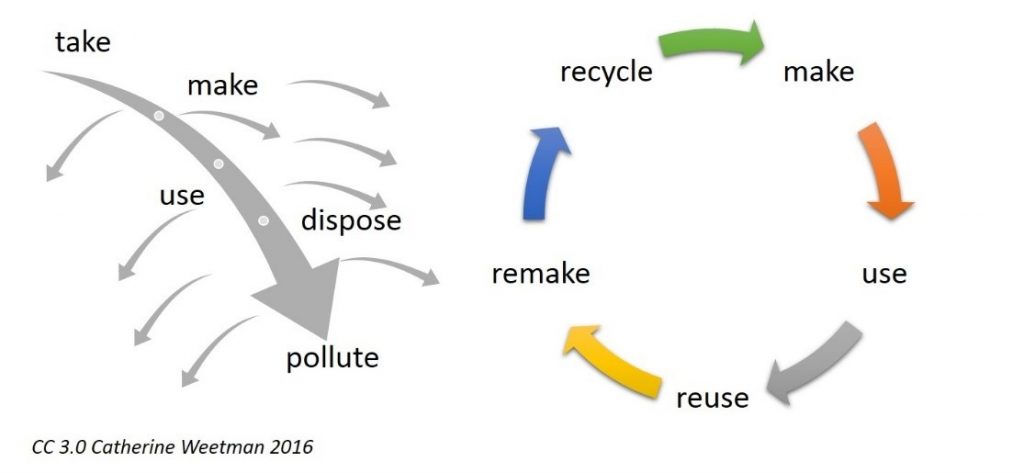
Environmental impact of E-commerce
E-commerce waste generated from packaging materials
An undesirable side effect arising from B2C E-commerce growth is the piling up of packaging waste. Prior to E-commerce, the logistics relating to traditional retail were simple and linear i.e. goods were shipped in bulk to warehouses and eventually ended up in retail stores. The logistics for E-commerce has four times as many touchpoints as regular retail where shipments are broken down into individual packages for delivery.
Impulse purchases and consumption
Massive discounts and sales events such as Amazon’s Black Friday and China’s 11.11 Singles’ Day augment the risk of increasing transport-related emissions and packaging waste due to impulse purchases. A shopper may opt to make an overseas purchase of similar but locally available products, due to a time-limited good deal.
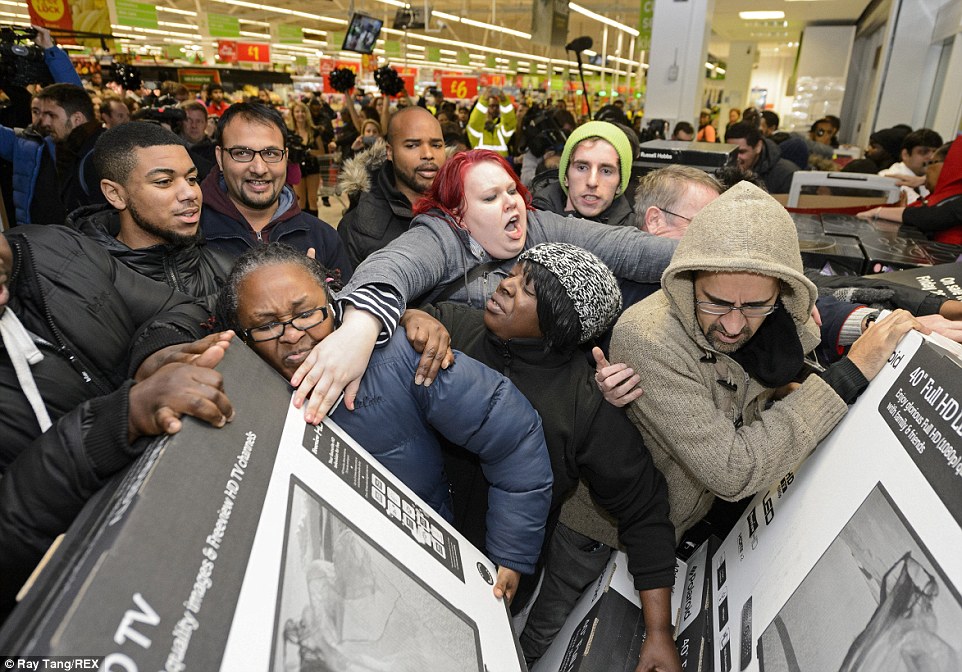
Packaging wastage
Traditional product packaging, which is designed for in-store presentation is wasteful in E-commerce, which should be “no frills” and more functional (see Figure 2).

Can we have standard-sized packaging?

Before we get to the answer to the above question, I would like to recount a personal shopping experience from a large local online marketplace, who shall remain nameless. I ordered one small bottle of aromatherapy essential oil, probably about five inches in height and maybe one inch in diameter. Here’s the shocker – when my item finally arrived, it came in a cardboard box large enough to fill up a dozen wine bottles! While standard-size packaging helps with inventory management and transport planning, a large proportion of “air” in a box does not send a very eco-friendly message to the customer.
Lack of Reuse and Recycling programs
Most online platforms or e-tailers do not have a well-structured reuse or recycling program. After a shipment has been delivered and unboxed, the consumer will typically discard the package and inner packaging materials. These discarded packages will eventually end up in landfills. The counter-argument is that much of this packaging is recyclable. However, recycling itself has its own environmental footprint, which will keep growing to satisfy the “gotta-have-it-now” appetite.
Ever-increasing carbon footprint
Theoretically, E-commerce is supposed to reduce CO2 emissions because it nullifies the need for consumers to drive to the retail store to make purchases. However, the evidence is scarce as people tend to buy more online and yet still drive to retail stores. According to an article from The New York Times, Home deliveries coupled with instant delivery expectations are far more challenging for trucking companies to be efficient. Instead of taking big truckloads to single retailers, they now make more scattershot deliveries.
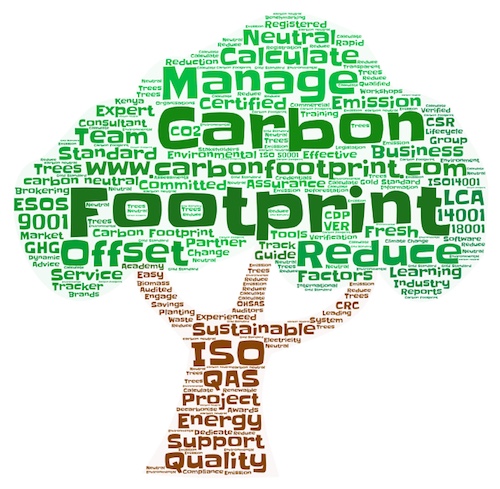
Possible solutions
Change in online buying behaviors
Consumers need to start behaving more sensibly and avoid impulse buying. Delayed buying decisions generate consolidation opportunities for e-tailers, which will result in a lower packaging footprint through the reduction of external packaging, internal packaging, and labeling. Better consolidation will also result in lower emissions as trucking companies will be able to minimize the number of trips required to deliver the same number of items. Savings realized from consolidation can be passed on to the “less impulsive” shopper.
Reusable containers/cartons
The process of returning reusable containers or cartons needs to be convenient and hassle-free. Shipment data from online platforms and e-tailers can be harnessed to determine the state and inventory positions of reusable containers/cartons. Such information can be shared to incentivize customers and transporters to be actively involved in the reuse / recycle program.
Sharing Economies
Creative platforms such as www.xtaypro.com take advantage of unused baggage capacities of international travelers as a proxy to ship products not available at the destination country. The customer gets what s/he wanted, and the traveler gets subsidized for his or her trip as a reward for sharing his/her unused baggage capacity. Such a sharing economy concept can be leveraged to spread the use of air freight for E-commerce cargo, hopefully reducing overall CO2 emissions.
Repair vs Replace
If a problem can be easily identified and the repair process can be carried out in five steps or fewer, one will often find that repair is environmentally preferred to the impact of transporting new products from the store, disposing of the packaging and of the faulty product. Sites like YouTube, doityourself.com, and ifixit.com provide a rich guide to a variety of different products that you can repair yourself.
Second-hand market
The second-hand market is expanding, especially in China, as decades of growth in consumer spending means there is a large pool of used goods with significant resale value. An important fact to note is that more than 60% of consumers in China’s largest cities conducted their second-hand trades online. While this may look like a good use case for a circular economy, more data and detailed study need to be carried out to determine the environmental footprint this secondary market is generating.
Salvage and Remake
E-waste is considered as some of the most harmful discarded items, despite their benign exterior. Smartphones and their lithium-ion batteries are one of the main contributors to the generation of e-waste. Perhaps, all is not lost. Researchers led by Prof. Madhavi Srinivasan from The NTU Singapore – CEA Alliance for Research in Circular Economy (NTU Scarce) had found a way to extract precious metals used in lithium-ion batteries. “By extracting valuable resources from used batteries, our method allows us to convert seemingly useless batteries that might be tossed or incinerated into new, usable batteries,” Prof Srinivasan said, adding that the team will work on improving the machines and metal extraction processes. As only 5-6 percent of spent lithium-ion batteries worldwide are recycled, more awareness and perhaps legislation are needed to push for the mandatory recycling of e-waste.
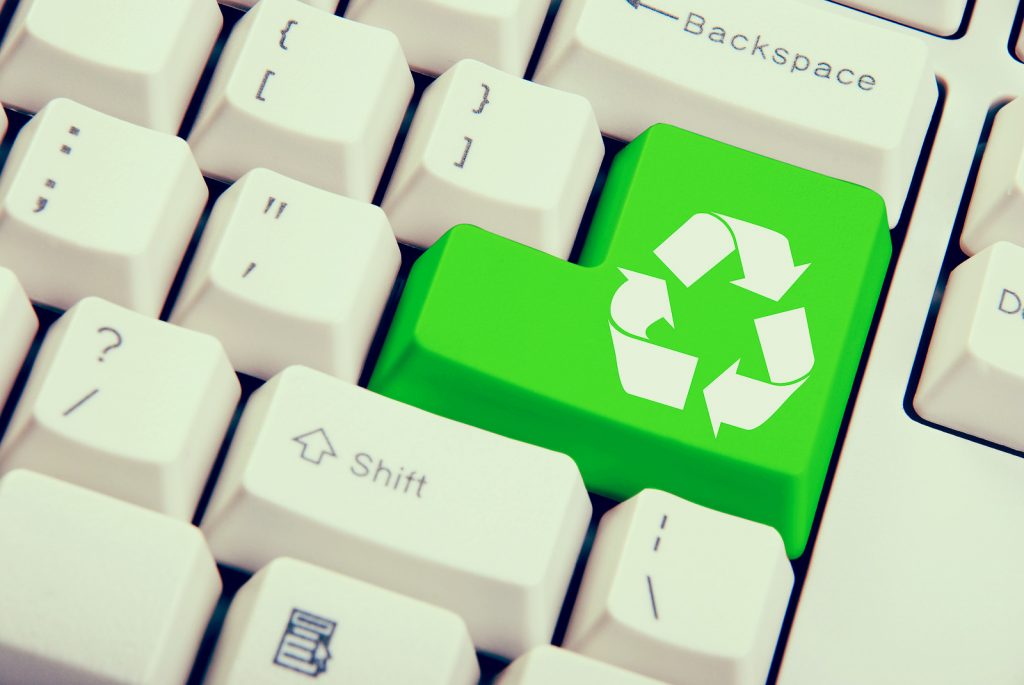
Conclusion
The E-commerce market will continue to grow and its impact on the environment cannot be ignored. Injecting Circular Economy concepts into the E-commerce ecosystem is one way to minimize and repurpose waste generated from packaging, shipping, and disposal. Today, online consumers are more discerning and well-informed and given a choice, many would choose a seller or platform that promotes eco-friendly practices. For the circular economy to have a long-lasting impact, more effort needs to be expended on creating awareness and legislation.
With a team of global experts, with a deep understanding of their respective functions, Click & Connect provides expert management consulting services focused on your most critical business challenges and your largest opportunities
Connect with us here (www.clickandconnect.co) and find out how we can help you address the exciting, but very challenging environment we operate in today!
About Author

Associate
Being the “IT Guru” within the consulting field, Simon brings with him more than 15 years of experience all across the region working with various global brands and has successfully implemented technology solutions that transformed their logistics and supply chain operations. Simon’s specialty is in solution architecting and his ability to bring together a unique blend of technology experts within his professional network to address any challenges that come along the way.
